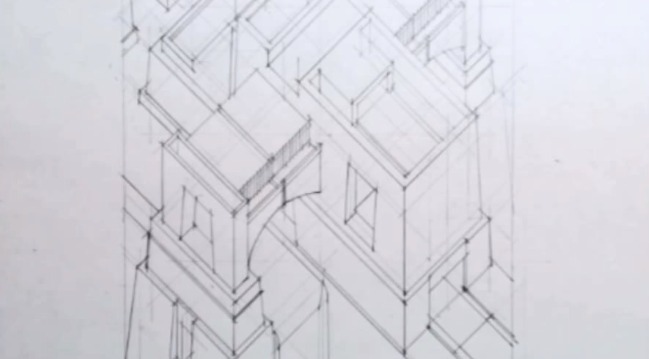Make an axon drawing
Draw and color an axon on paper, label parts like cell body, myelin sheath, nodes, and show signal direction to learn nerve structure.


Step-by-step guide to make an axon drawing
How TO Draw neuron cell easy/draw nervous system easy
Step 1
Gather all your materials and sit at a clear table.
Step 2
Place the paper horizontally on the table.
Step 3
Use your pencil to draw a medium circle near the left side of the paper for the cell body.
Step 4
Draw a long straight or slightly curvy line from the circle toward the right to make the axon.
Step 5
Around the axon draw a row of rounded sausage-shaped segments with small gaps between them to show the myelin sheath and nodes.
Step 6
Draw a big arrow above the axon pointing from the cell body toward the axon tip to show the signal direction.
Step 7
Color the cell body with one color using your colouring materials.
Step 8
Color the myelin sheath segments with a different color using your colouring materials.
Step 9
Color the exposed axon parts between the myelin segments with another color so they stand out.
Step 10
Use the black marker to draw a straight line from the marker to the circle and write "Cell Body."
Step 11
Use the black marker to draw a straight line from the marker to the segments and write "Myelin Sheath."
Step 12
Use the black marker to draw a straight line to one gap and write "Node of Ranvier."
Step 13
Use the black marker to write "Signal Direction" next to the arrow you drew.
Step 14
Take a photo of your finished axon drawing and share it on DIY.org.
Final steps
You're almost there! Complete all the steps, bring your creation to life, post it, and conquer the challenge!


Help!?
What can we use if we don't have a black marker or some colouring materials?
If you don't have a black marker use a dark pen or sharpened pencil to draw the straight label lines and write names, and substitute crayons, markers, or watercolors with colored pencils or gel pens for the coloring steps.
My myelin sheath segments look uneven or the gaps are wrong—how can I fix that?
Before drawing the rounded sausage-shaped myelin segments, lightly mark equal tick marks along the long axon line with your pencil so the myelin sheath segments and small gaps (nodes) line up neatly as shown.
How can I change the activity for different ages?
For younger children pre-draw the medium circle cell body and a straight axon for them to color the cell body, myelin sheath segments, and nodes, while older kids can draw a curvy axon, add more labels, and measure or count nodes using a ruler and colored pencils.
How can we extend or personalize the finished axon drawing before sharing it on DIY.org?
Personalize your finished axon by adding a background or nearby neurons, labeling extra parts with the black marker, or creating a short stop-motion sequence of a colored dot moving along the axon to show signal direction and then photograph it for DIY.org.
Watch videos on how to make an axon drawing
How To Draw An Axolotl
Facts about the nervous system for kids
⚡ Myelin sheath helps signals move much faster — some nerve fibers conduct up to ~120 m/s (about 270 mph)!
🧠 Axons carry electrical signals called action potentials that travel along neurons to send messages.
🧩 Nodes of Ranvier are tiny gaps in the myelin where signals 'jump' ahead in a process called saltatory conduction.
📏 Some human axons are very long — a single motor neuron axon can stretch over a meter from spine to toe.
🎨 The brain’s "white matter" looks white because many axons are wrapped in myelin, which is fatty and light-colored.
How do you make an axon drawing where the child draws and colors an axon on paper?
What materials do I need to make an axon drawing activity?
What ages is the axon drawing activity suitable for?
What are the benefits of making an axon drawing with kids?


One subscription, many ways to play and learn.
Only $6.99 after trial. No credit card required


